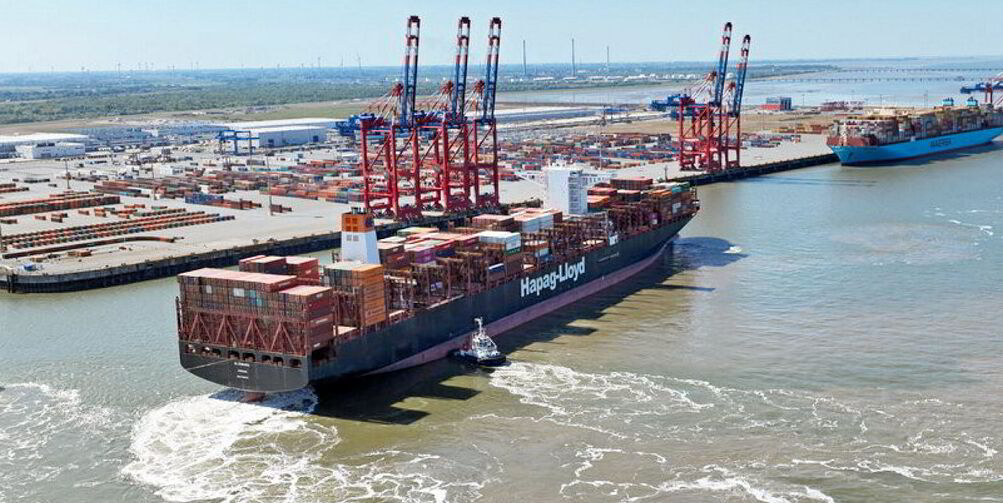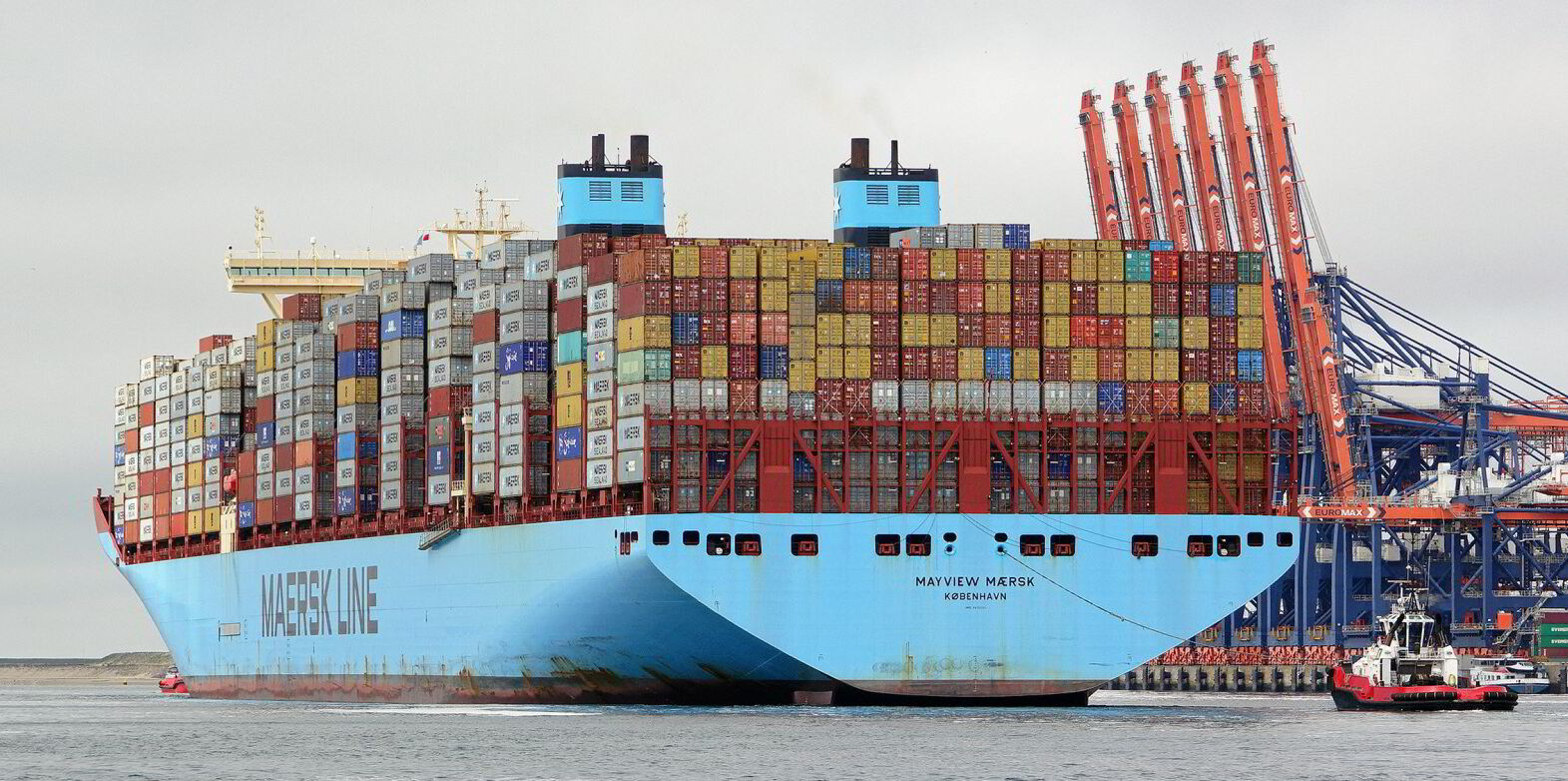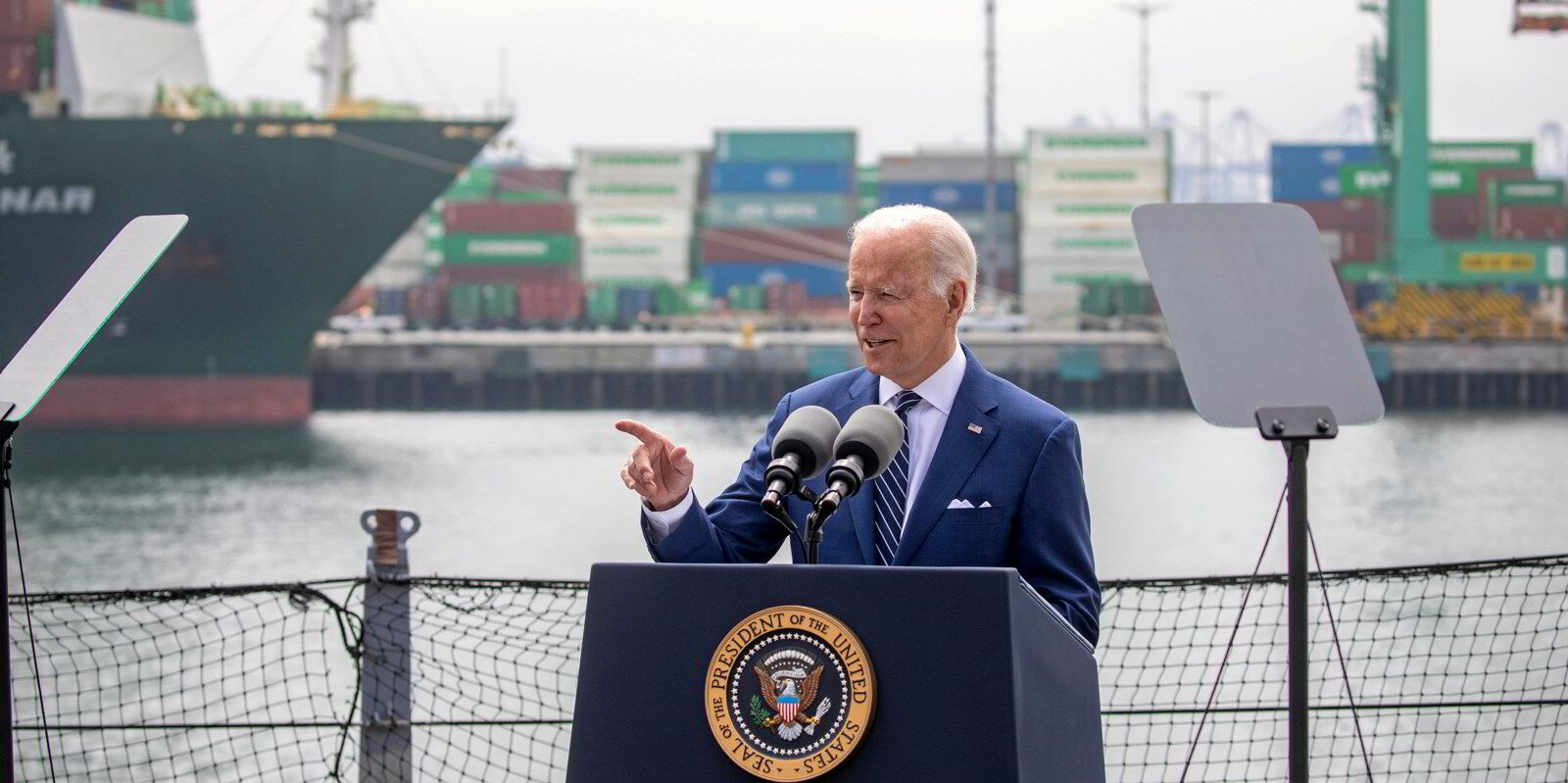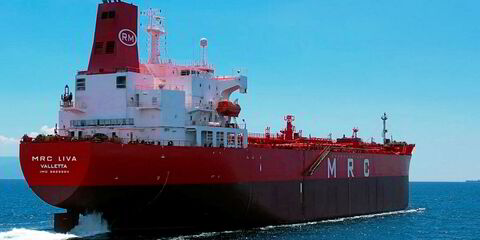Container liner operators are deploying a wave of fresh surcharges in anticipation of higher costs ahead of a pending strike on the US East Coast.
Germany’s Hapag-Lloyd has imposed a work disruption surcharge of up to $1,000 per teu.
It will apply to US Gulf and US East Coast imports from most ports worldwide from 18 October.
It did not mention imports from Asia but the new levy applies to all ports in North Europe, the Mediterranean, Africa, Latin America and India.
Liner operator CMA CGM has put in its measures effective from 11 October.
The French carrier has introduced a Local Port Charge from the USEC and Gulf to all destinations of up to $800 per teu and $1,000 per 40-foot equivalent unit (feu) container.
Other liners are said to be taking a similar path or other measures.
Rerouting begins
Some liners have reported changes to routes due to the strikes, according to shipper Yusen Logistics.
“With the negotiation deadline set for 30 September, industries from retail to manufacturing may face delays, increased shipping costs, and potential rerouting of cargo through alternative ports if an agreement isn’t reached,” the firm told customers.
Some ports along the US East and Gulf coasts are making contingency plans.
Port of New York/New Jersey executives told CNBC they are preparing for a complete work stoppage by the International Longshoreman’s Association (ILA), the largest union in North America.
Individual ocean carriers and terminal operators are announcing their ramping down of operations to avoid a pile-up of containers, they added.
“If there is a strike and operations cease, the vessels would either wait in a designated area or slow steam as they did during Covid to delay their arrival,” port director Beth Rooney told CNBC.
Upside for lines
The surcharges have been implemented with the prospect of a strike looking increasingly likely to go ahead on 1 October.
Analyst Lars Jensen of Vespucci Maritime said: “This means that all cargo which might be stuck in vessels waiting off the US coastline, or inside strike-impacted ports, is already on the water when related to deep-sea services including the Atlantic.”
This disruption would mean many significant delays and increased costs, said logistics firm Averitt.
“While some importers and exporters have already rerouted shipments to West Coast ports or delayed shipping altogether, there are still significant volumes of cargo en-route to the East and Gulf Coast ports that cannot be rerouted,” it said.
That has led some to consider alternative ports, airfreight or sea/air combination route.
Fearnleys Securities in a note: “One alternative to work around the strike is to divert volumes to Mexico, US West Coast or Canada.”
But sub-optimal routing and the potential for port congestion should lead to a stretched fleet, the analyst noted.
So should a strike go ahead, Fearnleys believes carriers were likely to benefit from higher-than-expected freight rates and surcharge revenues.






